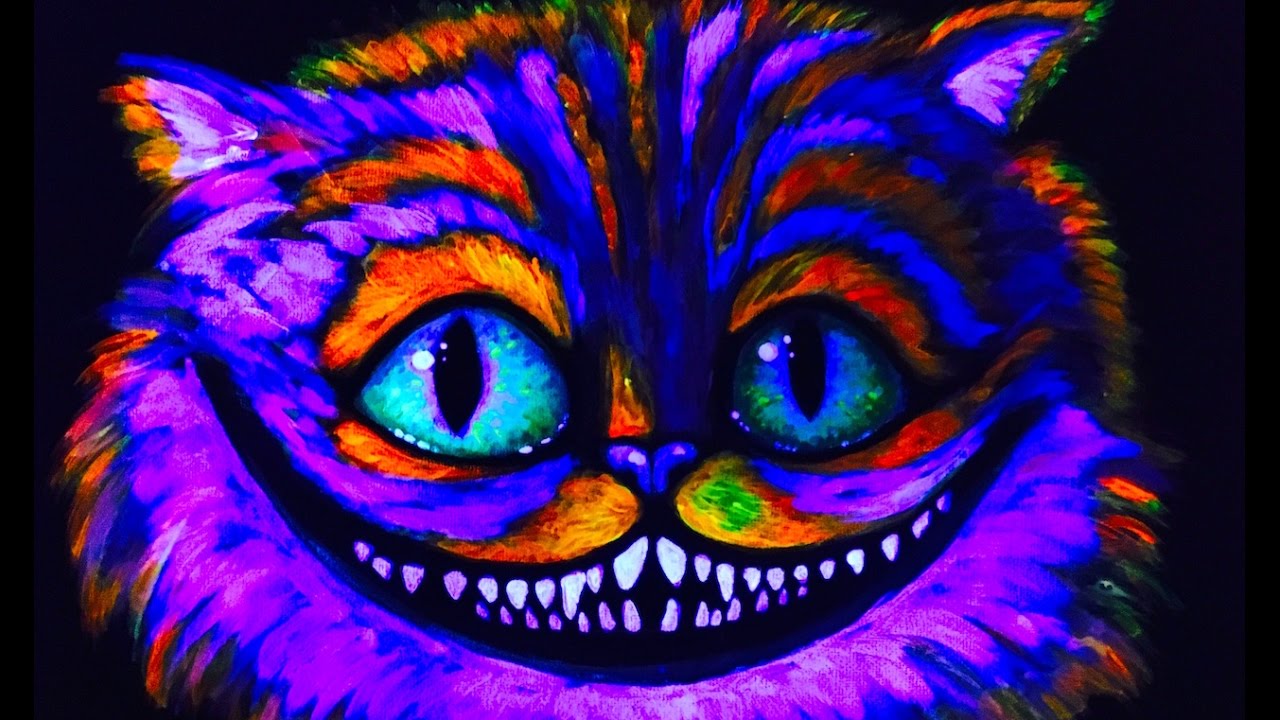
Robert Draws – UV Activated Paint is redefining the way artists interact with light and space. Unlike traditional pigments, this paint absorbs ultraviolet energy and re-emits it as a vibrant glow in darkness or under UV light. This effect brings a magical element into visual art that feels both futuristic and playful. Artists across the globe are beginning to incorporate these luminescent materials into their installations, murals, and even body art. The appeal lies in its dual personality – subtle or invisible in daylight but electrifying in the dark. Many museums and galleries are also exploring UV works as immersive experiences. Audiences no longer just view a painting – they step into a glowing world that transforms as light conditions change. This creative evolution reflects a broader shift in how art is being experienced, no longer as static objects but as dynamic environments.
UV Activated Paint transforms multiple genres of art with its dynamic properties. Artists now use it in graffiti, canvas work, and fashion design to tell layered stories. In natural light, a piece displays one narrative. When exposed to UV light, it reveals a hidden message or alternate visual. Contemporary artists embrace this technique to explore duality, mystery, and transformation. A gallery in Berlin showcased an entire exhibit where viewers could only see the main visuals under ultraviolet illumination. This immersive experience gave audiences a rare sense of discovery and interaction beyond traditional artworks. Artists also apply UV Activated Paint to create invisible ink effects, intricate patterns, and motion-based visuals that seem alive. With this paint, they break away from flat, static presentations and dive into new dimensions of creativity. This evolution turns art into a kinetic, responsive journey that grows and shifts with light and perspective.
“Read about: Mark Rothko and the Art of Spiritual Abstraction”
Creating glowing artwork with UV Activated Paint requires a new skill set and thoughtful planning. Artists must consider not only composition and color theory but also how UV light will affect visibility. Often, a combination of standard and UV-reactive paint is applied to achieve the dual-effect results. Surfaces must be properly primed, and the thickness of application must be controlled to ensure the right amount of glow.
Artists commonly use synthetic brushes, sponges, and airbrush systems to apply UV paints. Many creators also experiment with 3D printing techniques and textured canvases to enhance the depth of light effects. They store materials in controlled environments to prevent early exposure to UV light. Developers continue to improve the paint technology while addressing user safety and environmental concerns. As UV paints grow more accessible, creators from various backgrounds increasingly embrace these innovative methods in their artistic practices.
“Read more: Protecting Teens: Online Workshop on Sex Trafficking Awareness for Parents”
What started as an underground technique in niche art scenes has now entered mainstream visual culture. UV Activated Paint is now seen in stage performances, fashion runways, music videos, and immersive theater. Street artists are painting city walls that reveal hidden figures at night. Musicians and dancers perform under UV light, turning their bodies and costumes into glowing artworks. In fashion, designers are incorporating UV reactive threads and paints into clothing that changes appearance under club lights or sunlight. The commercial world has also embraced this medium for events and marketing, using it in signage, pop-up stores, and product launches. These applications prove how versatile UV Activated Paint has become. Its adaptability across media and context has allowed creatives to blur the line between function and art. Viewers are no longer just observers but participants in a multisensory experience that changes as they move and as the lighting shifts.
The popularity of UV Activated Paint shows no sign of slowing down. As more artists and designers embrace it, new techniques and styles are constantly emerging. The paint is also being improved, with more eco-friendly formulations and longer glow durations now available. Education systems are beginning to incorporate it into visual arts programs to encourage experimentation and futuristic thinking. Online communities dedicated to UV painting continue to grow, sharing tips and showcasing innovative pieces. Technology and creativity are merging to produce artwork that speaks to the senses, responds to environments, and sparks curiosity. Interactive exhibits that change with time or touch are being developed using this technology. The possibilities are expanding as UV Activated Paint is combined with sensors, projection mapping, and sound design. Through this medium, the world of art is evolving into one that responds, glows, and lives in ways never seen before.